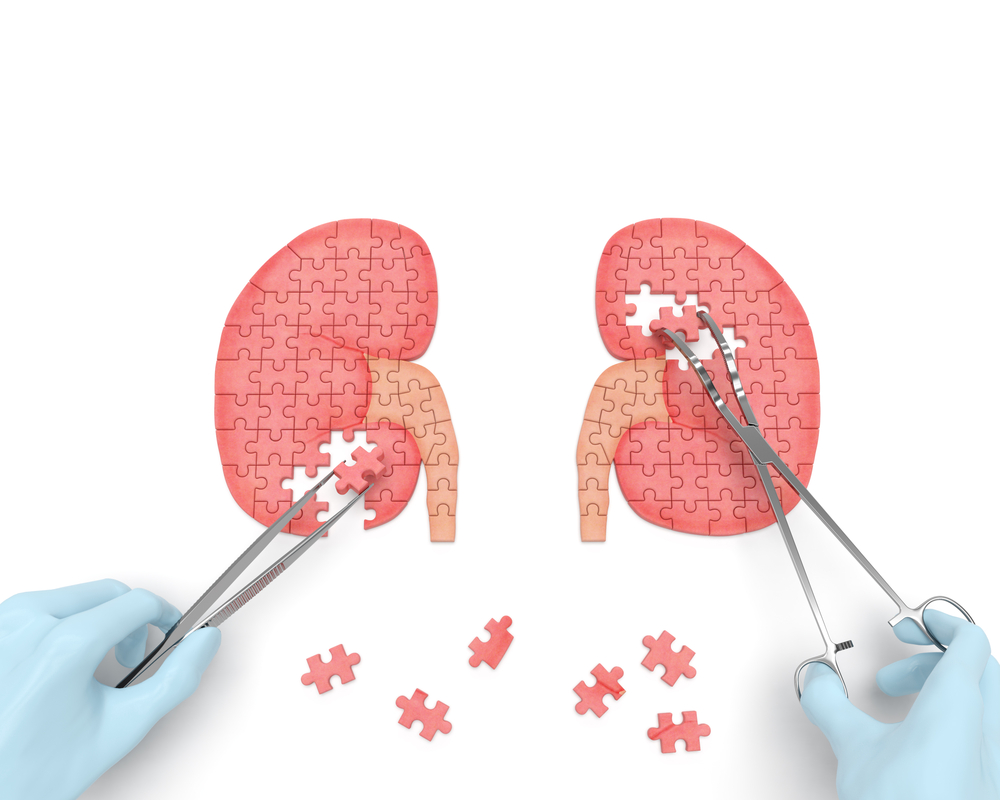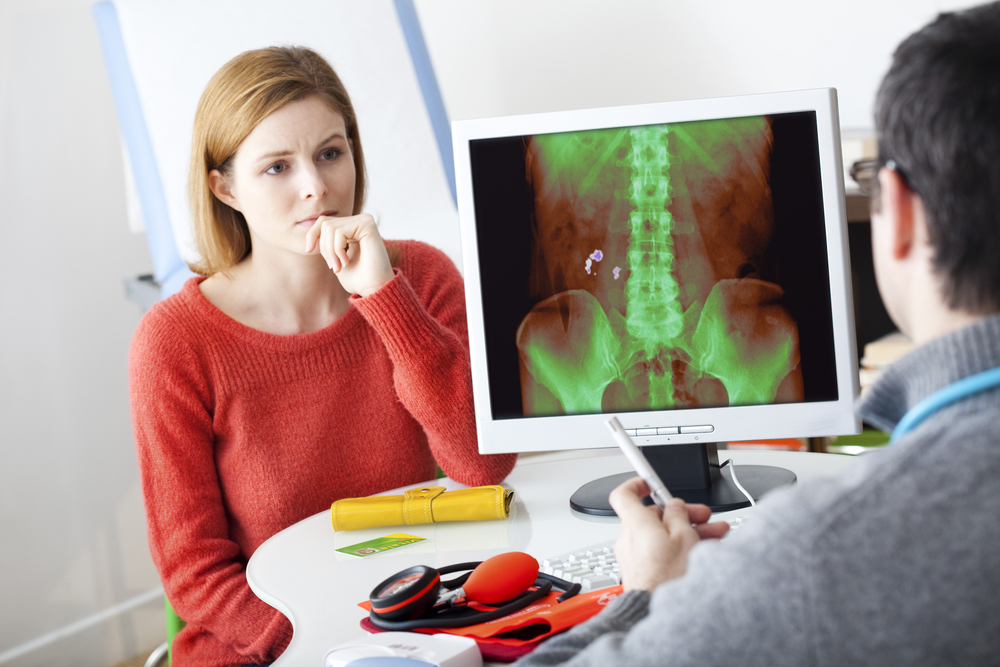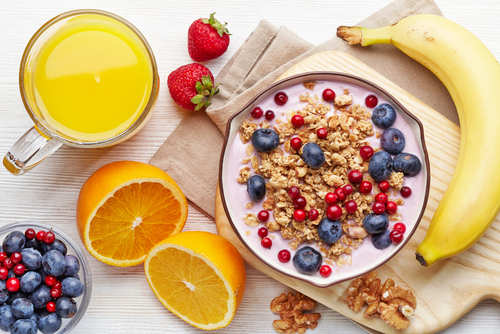If you want to know about kidney stones causes, symptoms, and treatment then you can find out your answers right here in this article.
Kidney stones are hard, crystalline mineral material formed within the kidney or urinary tract. Kidney stones cause blood in the urine (hematuria) and often severe pain in the abdomen, flank, or groin. They are also called renal calculi. The leading cause of kidney stone is a lack of water. Kidney stone symptoms commonly have been found in those who drink less than the recommended eight to ten glasses of water a day (4 – 5 litres). When there is insufficient amount of water to dilute the uric acid (main component of urine), the pH levels within the kidneys drops and becomes more acidic. An extremely acidic environment in the kidneys is conducive for the formation of kidney stones.
Kidneys stone causes
Kidney stone causes often not definite, although numerous factors may enhance your risk to get kidney stone.
Also Read: Your guide to hyperhidrosis (excessive sweating) – Causes and Treatment
Kidney stones form when your urine (excretion from the kidneys) contains more crystal-forming substances — such as calcium, oxalate, and uric acid — than the liquid in your urine can dilute. At the same time, your urine may lack substances that put a stop to crystals from sticking together, creating an ideal environment for kidney stones to form.
Anyone may develop a kidney stone, but people with certain diseases (obesity, diabetes) and conditions (pregnancy, environmental) or those individuals who are taking certain medications are more at risk to their development. Urinary tract stones are more common in men than in women. Most urinary stones develop in people 21 to 50 years of age, and those who are prone to multiple attacks of kidney stones typically develop their first stones during the 2rd or third 3rd decade of life. People who have already had more than one kidney stone are prone to developing further stones.
In industrialized countries, kidney stones causes are more common than stones in the bladder. The opposite is true for residents of developing areas of the world, where bladder stones are the most common.
Types of kidney stones
Knowing the type of kidney stone helps determine the cause and may give clues on how to reduce your risk of getting more kidney stones. Types of kidney stones include:
- Calcium stones
- Cystine stones
- Struvite stones
- Uric acid stones
- Other stones, rarer types of kidney stones also can occur
Kidney stone symptoms
A stone may not cause symptoms until it moves in the region of your kidneys or passes into your urethra — the tube linking the kidney and bladder. At that point, you may experience these kidney stone symptoms:
- Pink, red or brown urine
- Pain that spreads to the lower abdomen
- Pain that comes in waves and fluctuates in intensity
- Pain on urination
- Severe pain in the side and back, below the ribs
- Urinating more often than usual
- Cloudy or foul-smelling urine
- Nausea
- Vomiting
- Persistent need to urinate
- Fever and chills if an infection is present
- Urinating small amounts of urine
- Pain caused by a kidney stone may alter — for instance, shifting to a different location or rising in intensity — as the stone moves through your urinary tract.
Kidney stone treatment
Treatment is tailored according to the type of stone. Urine can be strained and stones collected for evaluation. Drinking 8 to 10 glasses of water a day increases urine flow. People who are dehydrated or have severe nausea and vomiting may need intravenous fluids.
Other kidney stone treatment options include:
1. Medication
Pain relief may involve narcotic medications. The presence of infection requires treatment with antibiotics. Other medications include:
- diuretics
- sodium bicarbonate
- sodium citrate
- allopurinol for uric acid stones
- phosphorus solutions
2. Lithotripsy
Extracorporeal shock wave lithotripsy uses sound waves to break up large stones so they can more easily pass down the urethras into your bladder. This procedure can be painful and may require light anaesthesia. It can cause bruising on the abdomen and back and bleeding in the region of the kidney and nearby organs.
3. Tunnel Surgery
Stones are removed through a small incision in your back and may be needed when:
- the stone causes obstruction and infection or is damaging the kidneys
- the stone has grown too large to pass
- pain cannot be controlled
Also Read: Migraine: Symptoms & Treatments
4. Ureteroscopy
When a stone is trapped in the urethra or bladder, your health care specialist may use an instrument called an ureteroscope to remove it. A small cable with a camera attached is inserted into your urethra and passed into the bladder. A small cage is used to snag the stone and remove it. The kidney stone is then sent to the laboratory for analysis.
Conclusion
The best prevention and kidney stone treatment is proper hydration, it is a key preventive measure. Experts recommends drinking 8 –10 glasses (4-5 litres) of water daily. Drinking more fluids increases the amount of urine you pass, which helps flush the kidneys. You can substitute some glasses of water with lemon-lime soda, ginger ale, and fruit juice.




